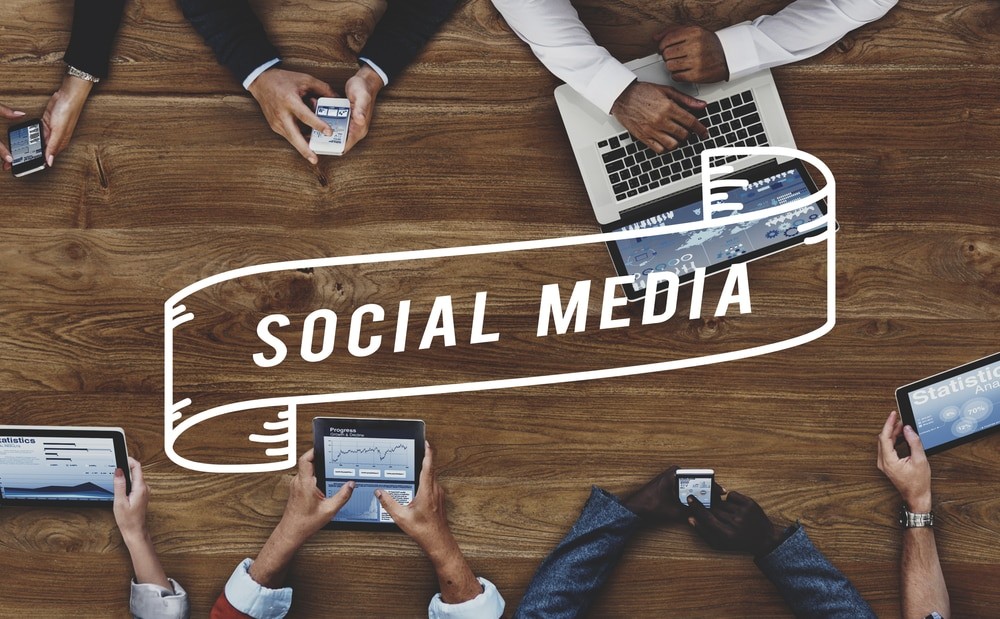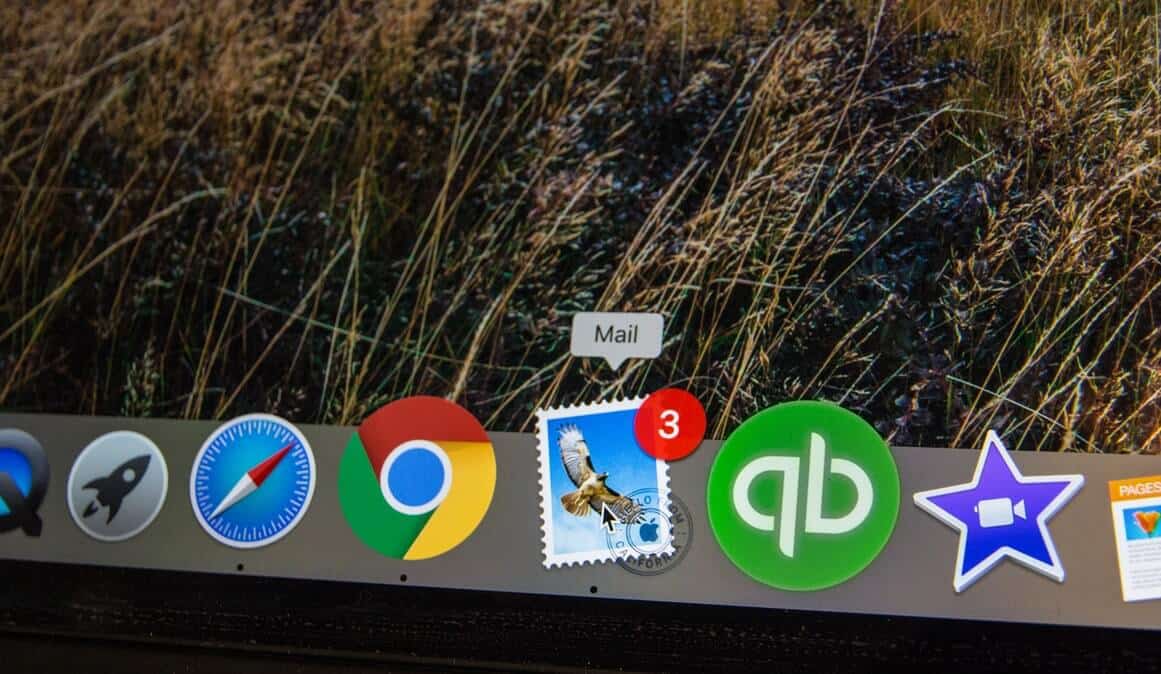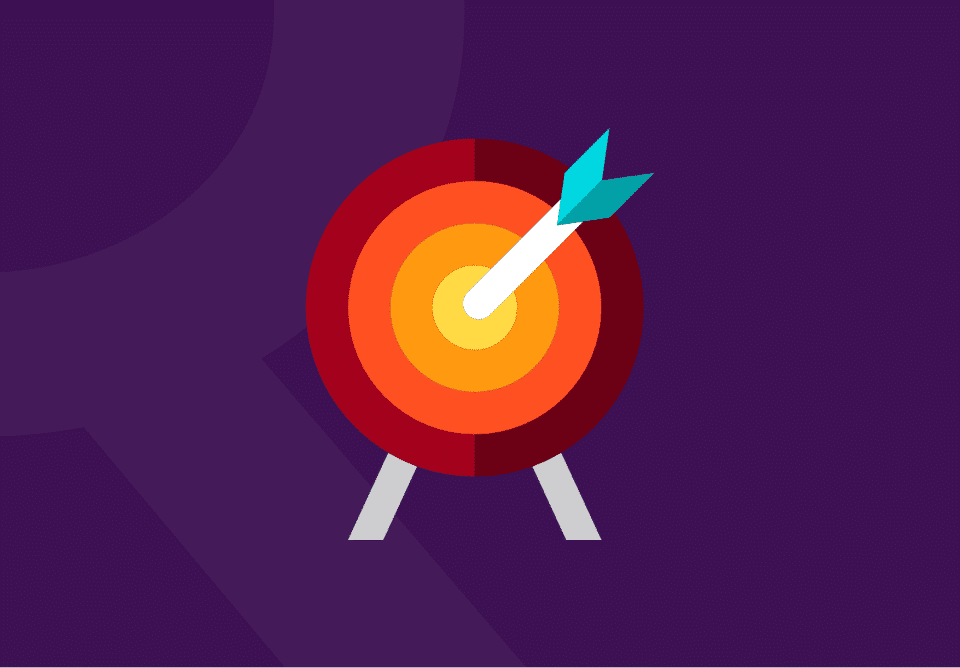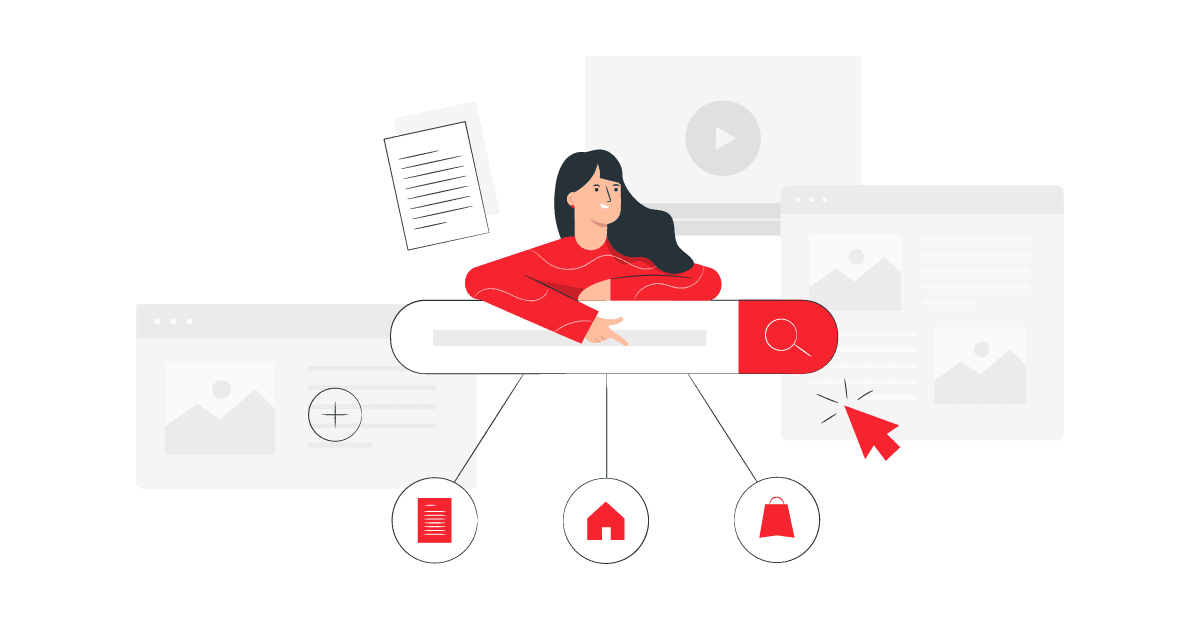
Actionable insights, practical tips, and our latest thinking on marketing matters.


Top Digital Transformation Challenges for Large Organisations

Marketing Automation Implementation: 10 Key Steps
How to Implement Your Marketing Automation Strategy
This article is written by B2B Marketing Consultant, Jonno Price So, you’ve decided to proceed and implement marketing automation. Great! Before...

Tips For Recruiting Your Startup’s Head of Growth

What is a good content strategy?
Content marketing generates three times as many leads as outbound marketing, and costs 62% less (Demand Metric). Ensuring you’ve got an effective content strategy to deliver your material is...
Exposing the Unsustainable Growth Tactics

How Marketers can use Data Better: Advice from 14 Data Experts

What is a paid search strategy?
Paid search increases revenue, drives traffic, and boosts brand awareness. It accounts for roughly 41% of the clicks on a search results page and even helps pave the way for SEO with quick results.

How to Think About Product & Service Positioning: 6 Key Considerations
In recent months, I’ve been delving into positioning more and more. As an on-demand CMO, I tend to get pulled in multiple directions — between strategic and tactical tasks, and between commercial and...
How to do Audience Research better than your Competitors

Target Market vs Target Audience

Startup Growth: Your Ultimate List of Digital Marketing Channels

Go-to-Market Strategy: Ultimate Guide for Product Launch in 2025

Ultimate Guide: Link-Building Tactics For Startup Growth
This article will explore how mobile app developers can benefit from building backlinks for App Store Optimization (ASO) and future-proofing their visibility for AI search. I’ll briefly explore the...
